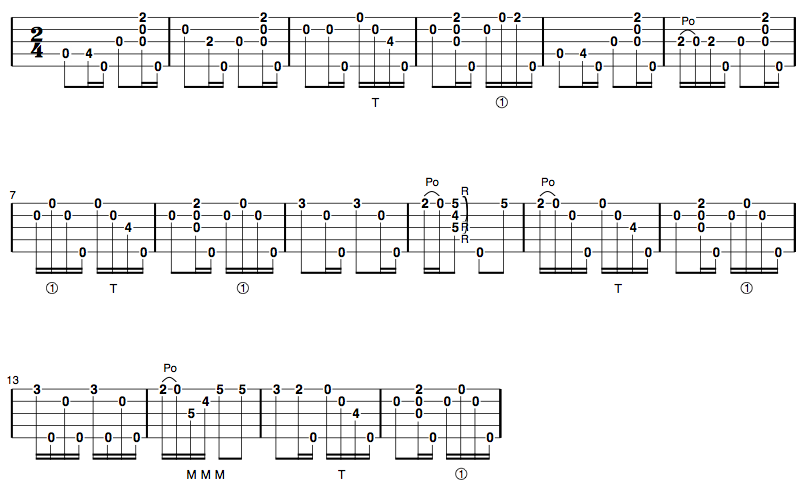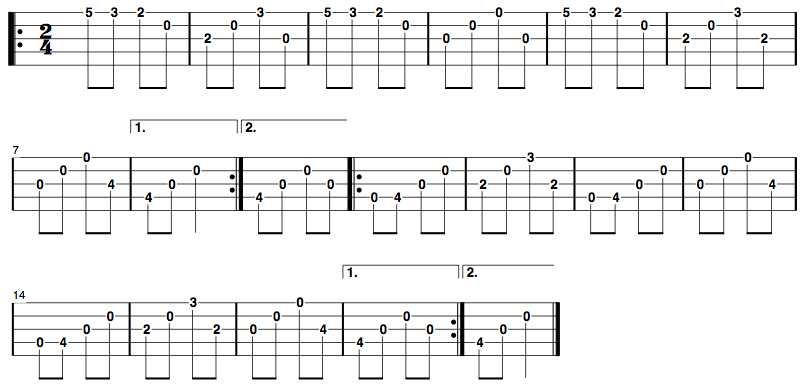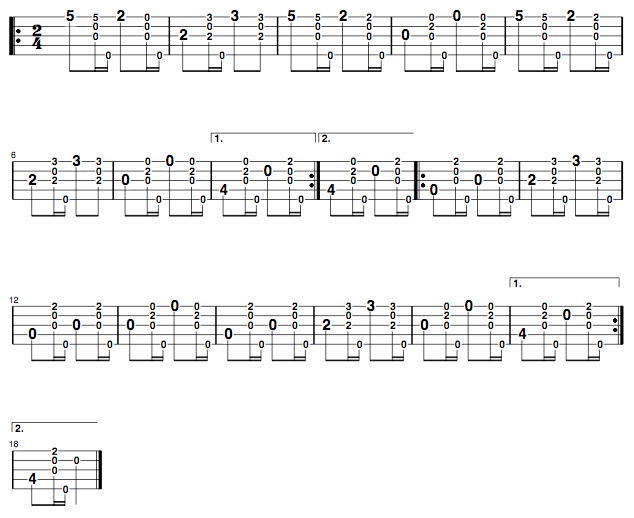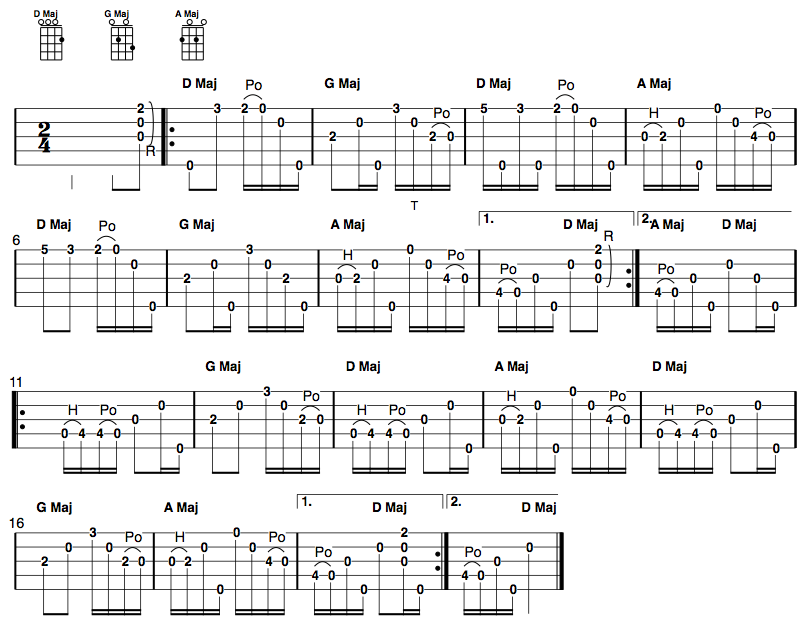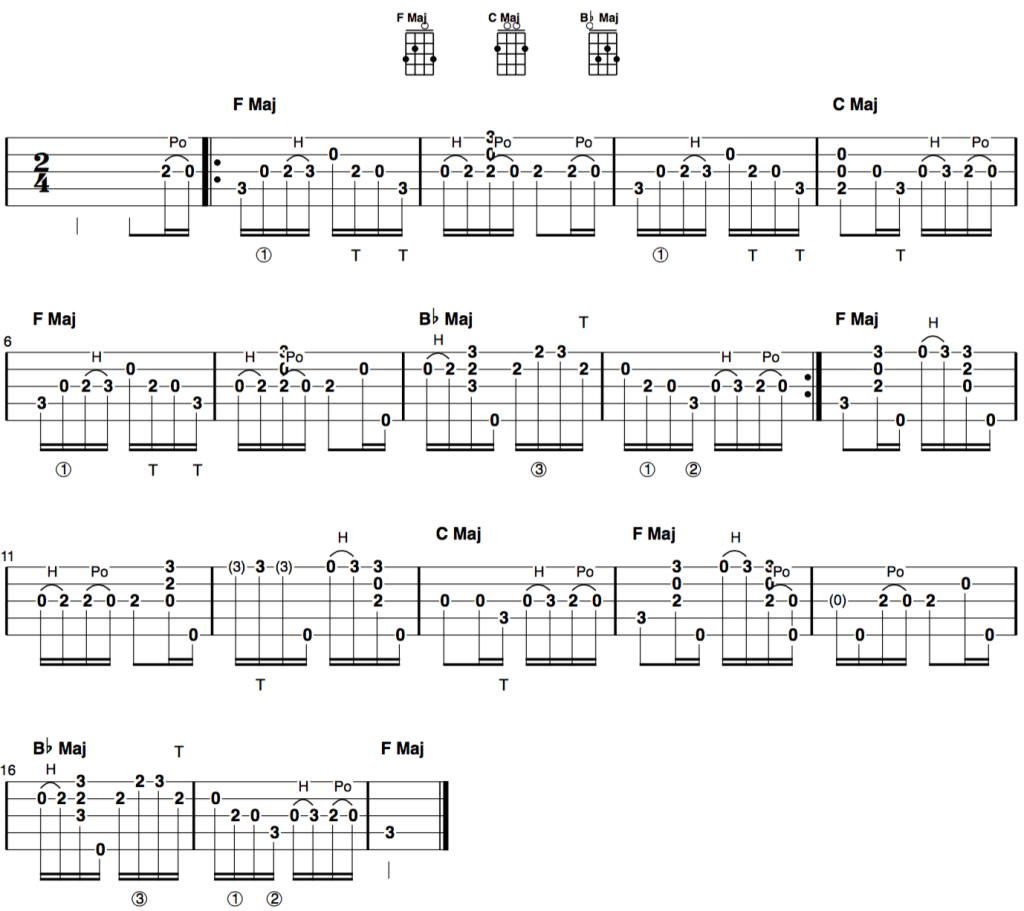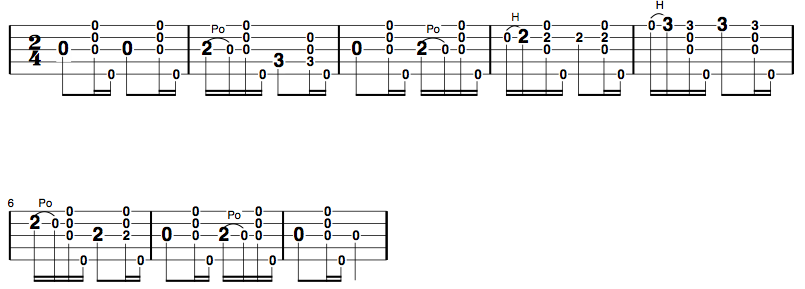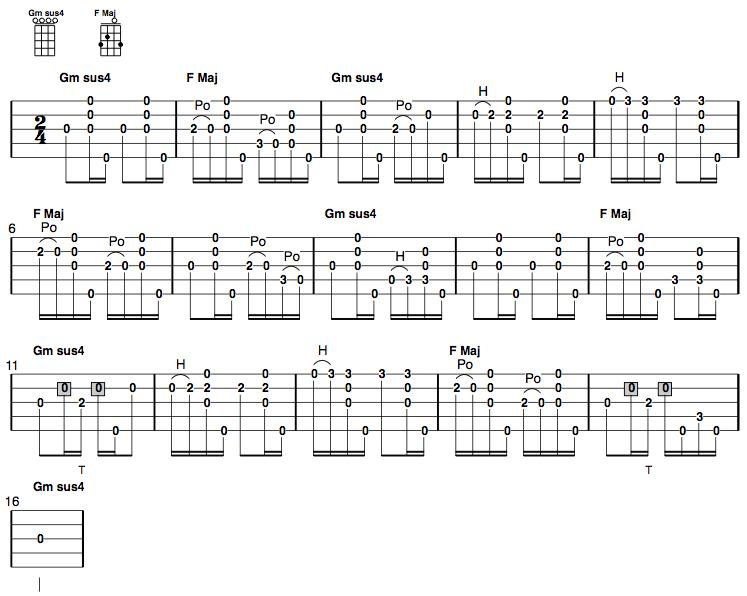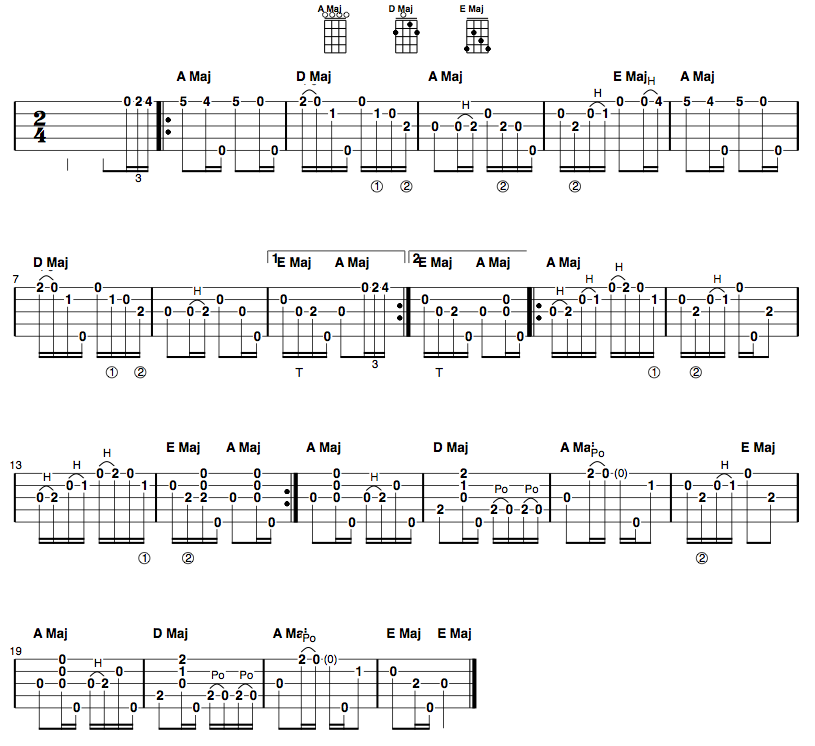Kyle Creed’s sound is one of the most uniquely identifiable amongst all the legends of old-time banjo. His tone alone is unmistakeable, so sought after he’s almost solely responsible for the proliferation of scooped banjo necks.
But his style, and the choices he makes on the banjo, are equally compelling. Sweet and lyrical. Economical and seemingly straightforward, but with hidden complexities that only reveal themselves upon closer inspection.
A few days ago I was listening to his Liberty album when the song “Big Liza” grabbed my ears. It’s not first time that’s happened, yet somehow it had escaped my repertoire until now.
Clearly that needed to change.
As it happens, my daughter Jules and I are in the midst of preparing a set for an upcoming performance, and I thought this song would make a perfect addition. So the two of us set to work on it, the results of which can be heard in the video.
Though I play a few variations along the way in my rendition, I’ve kept the tab pretty true to how Kyle plays it. There are a couple of ways to get that signature roll across the strings that appears in the 10th and 14th measure, and I’ve tabbed out both. The first, as in measure 10, is to use the “Galax lick” by executing a slow strum across the strings and then following it with a thumb on the 5th.
The other is to drag the picking finger (indicated with the letter “M” for middle) across strings 1 through 3, a move that was popular in the minstrel style. To my ear, this sounds like what Kyle does. Either way sounds good.
Also, in the video I’m tune to the key of D#, or up a half step from “double D”.
Big Liza Jane
aDADE tuning, Brainjo level 3-4
For info on how to interpret the tabs, check out my “How to Read Banjo Tabs” post.
